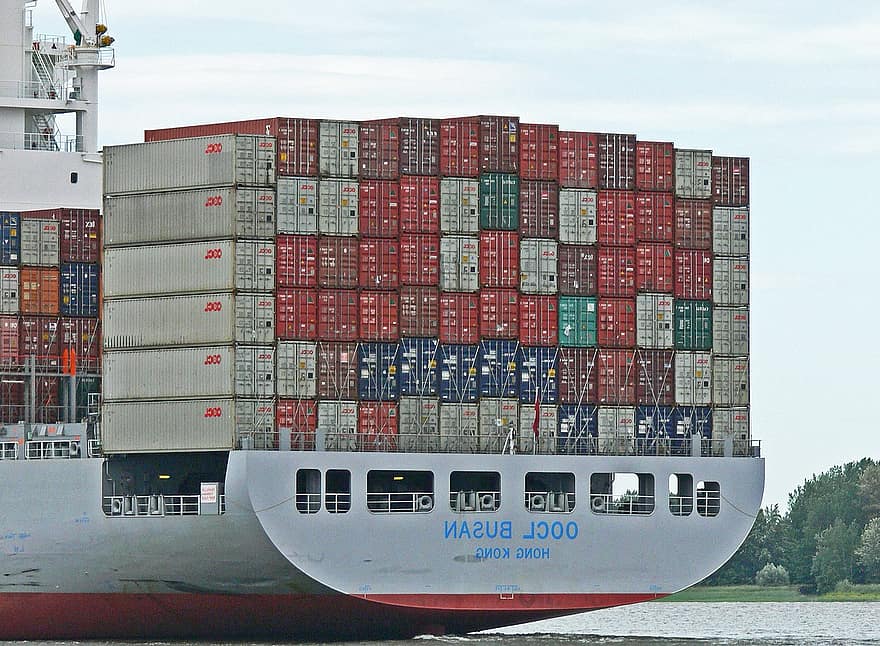The growth rate of Chinese exports accelerated in August, the PRC customs said. Deliveries from this country abroad increased by 9.5% compared to the same period last year (to $ 235.2 billion) after rising 7.2% in July. At the same time, by July, the volume of exports decreased by 1%. By the end of August, imports to China fell by 2.1% (to $ 176 billion) after falling by 1.4% in July. This decline is primarily due to the decline in raw material prices. As a result, China's trade balance turned out to be high in August, but still slightly lower than the record figure in May ($ 58.9 billion versus $ 62.9 billion).
At the same time, as Capital Economics calculated, Chinese imports did not fall but grew in physical volumes in August, and this growth could amount to 9.5% year-on-year.
According to the Chinese customs, oil supplies to China in August 2020 increased by 12.6% compared to August 2019 and amounted to 47.5 million tons. The growth of "physical" exports could additionally accelerate from 6% to 9.7%, but this is a consequence of the effect of the low base of the indicator last August.
Given the seasonality, the volume of exports in August decreased by 1.3% month on month - this is due to the equalization of global demand for medical goods, as well as goods for work from home (demand for these categories increased sharply during the pandemic). Refined imports decreased by 0.3%. “Taking into account the continued growth of lending and an increase in infrastructure costs, the indicators of physical imports will grow in the coming months, and taking into account the gradual recovery of prices for raw materials, the pace will become positive for the volume of supplies in monetary terms,” the center experts expect.
ING Bank also believes that the current rise in Chinese shipments is due in part to a low base last year, noting that the increase in exports mainly affected categories such as chips, processors, textiles, smartphones and home appliances. Imports, first of all, fell due to the import of energy carriers and the same microcircuits. “The development of a technological war with the United States has led to the complication of exports of semiconductors to China, and in the future, this may also affect the supply of technological products from the PRC,” ING Bank experts believe.
soruce: capitaleconomics.com
At the same time, as Capital Economics calculated, Chinese imports did not fall but grew in physical volumes in August, and this growth could amount to 9.5% year-on-year.
According to the Chinese customs, oil supplies to China in August 2020 increased by 12.6% compared to August 2019 and amounted to 47.5 million tons. The growth of "physical" exports could additionally accelerate from 6% to 9.7%, but this is a consequence of the effect of the low base of the indicator last August.
Given the seasonality, the volume of exports in August decreased by 1.3% month on month - this is due to the equalization of global demand for medical goods, as well as goods for work from home (demand for these categories increased sharply during the pandemic). Refined imports decreased by 0.3%. “Taking into account the continued growth of lending and an increase in infrastructure costs, the indicators of physical imports will grow in the coming months, and taking into account the gradual recovery of prices for raw materials, the pace will become positive for the volume of supplies in monetary terms,” the center experts expect.
ING Bank also believes that the current rise in Chinese shipments is due in part to a low base last year, noting that the increase in exports mainly affected categories such as chips, processors, textiles, smartphones and home appliances. Imports, first of all, fell due to the import of energy carriers and the same microcircuits. “The development of a technological war with the United States has led to the complication of exports of semiconductors to China, and in the future, this may also affect the supply of technological products from the PRC,” ING Bank experts believe.
soruce: capitaleconomics.com





